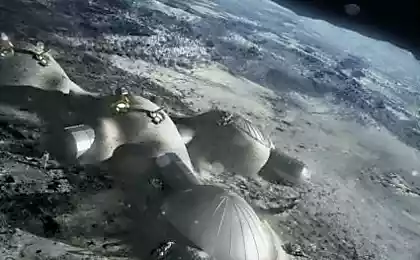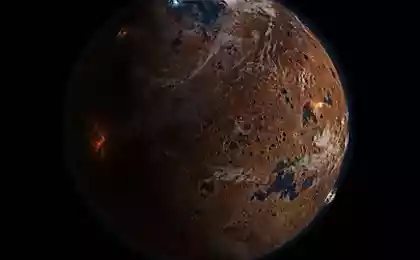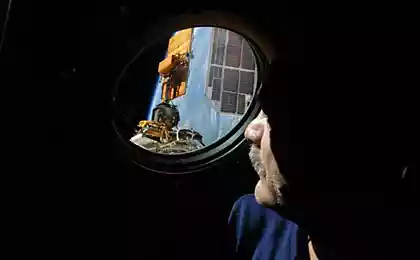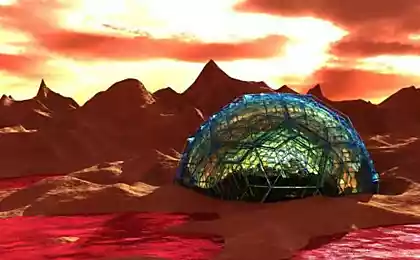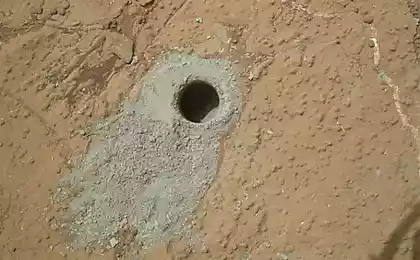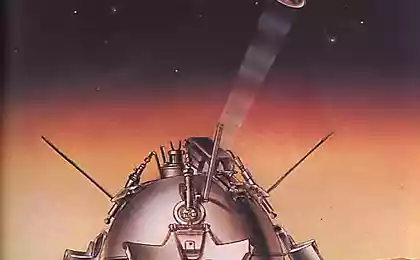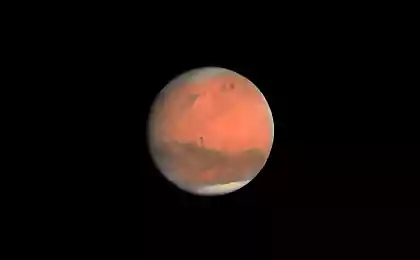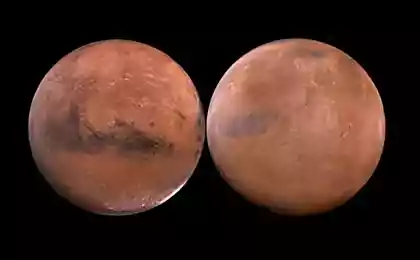452
The oxygen production on Mars
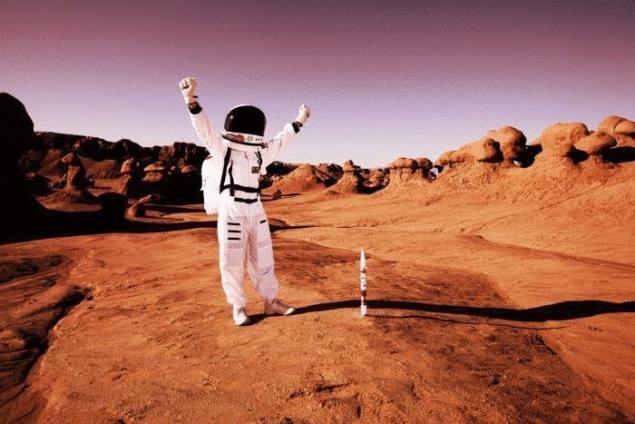
Oxygen is so common on Earth that we only think about them being locked up in the closet. However, the question of how to store a sufficient amount of this important gas, all while standing in front of the space engineers. To the future explorers of the red planet had enough oxygen to sustain life and supply vehicle, NASA decided to use the experiment MOXIE (Mars OXygen In situ resource utilization Experiment) mission Mars 2020, to figure out how to get oxygen from the Martian atmosphere.
Send to Mars human entails not only technical challenges never faced, but also the problems of supply. It is necessary to transport tons of spare parts, food, water, fuel and oxygen so that the astronauts survived, not to mention the way back.
Previously, it was not a problem. When the astronauts of Apollo landed on the moon, all that was needed for flight, they brought with them. During the flight to Mars is impossible, unless the ship is about the size of an aircraft carrier. Instead, scientists and engineers are trying to make the ship provided himself.
"When we send humans to Mars, we need to provide them a safe return, and for this they need a rocket that will help them to rise from the surface. It will take one of the biggest parts of the budget allocated for the mission. If we can learn how to produce oxygen on Mars, it would be a huge advantage," says Michael Hecht (Michael Hecht) from the Massachusetts Institute of technology (USA).
The mit MOXIE may be the solution to this problem. It was developed in cooperation with NASA, and is based on the fact that the Martian atmosphere, though rarefied, 96% consists of carbon dioxide, which means that it can be a potential source of oxygen for future research. In fact, MOXIE is a fuel cell the opposite. Instead of generating electricity by using oxygen to burn fuel, its principle of operation is based on the reaction of the solid oxide electrolysis, in which electricity is used to split carbon dioxide into oxygen and carbon.
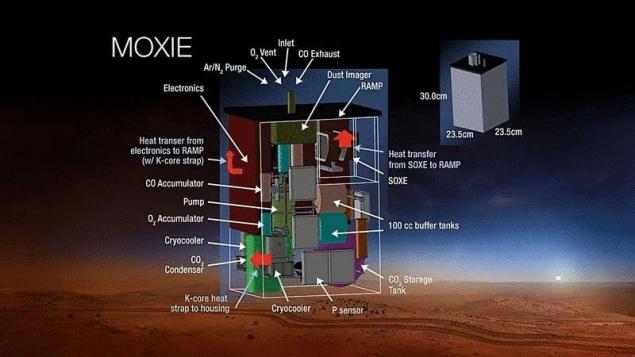
Martian air is pumped into the device, passing through a filter and pumped before to go in the fuel Bay. High temperature oxide ceramics plays the role of conductor of oxygen ions. In the fuel pod thin, non-porous disc of ceramic separates two porous electrodes: cathode and anode. The carbon dioxide passes through the cathode and comes into contact with ceramics, the interaction of electricity and ceramics causes it to split into the oxygen and monoxide of carbon. Then they are separated and sent to storage.
MOXIE is one of the seven major experiments, the results of which will be used during the flight to Mars, scheduled for July 2020, which the US government will allocate 1.9 billion dollars. Will be based on the atomic Curiosity Rover that is currently exploring Gale crater. The designs were aimed at studying the red planet, but MOXIE stands out in that it requires practical tests.
"If you were one of those astronauts that will depend on the amount of oxygen you wish the device was checked before your flight. We want to invest in a small prototype, to be fully sure it is working. We never started production on Mars. But that's exactly what we're doing. We are launching a prototype to find out what problems may arise," says Hecht.
According to representatives of the Institute, if MOXIE will be successful, its extended version can serve as a reference for future studies, producing oxygen for breathing and fuel. One possible option is the construction of a robotic nuclear power plant, which will produce enough oxygen for arriving astronauts.
Source: nauka21vek.ru
Engineers have created a robot with Wi-Fi for seeing through walls
Dark matte office to the volcanic Park








